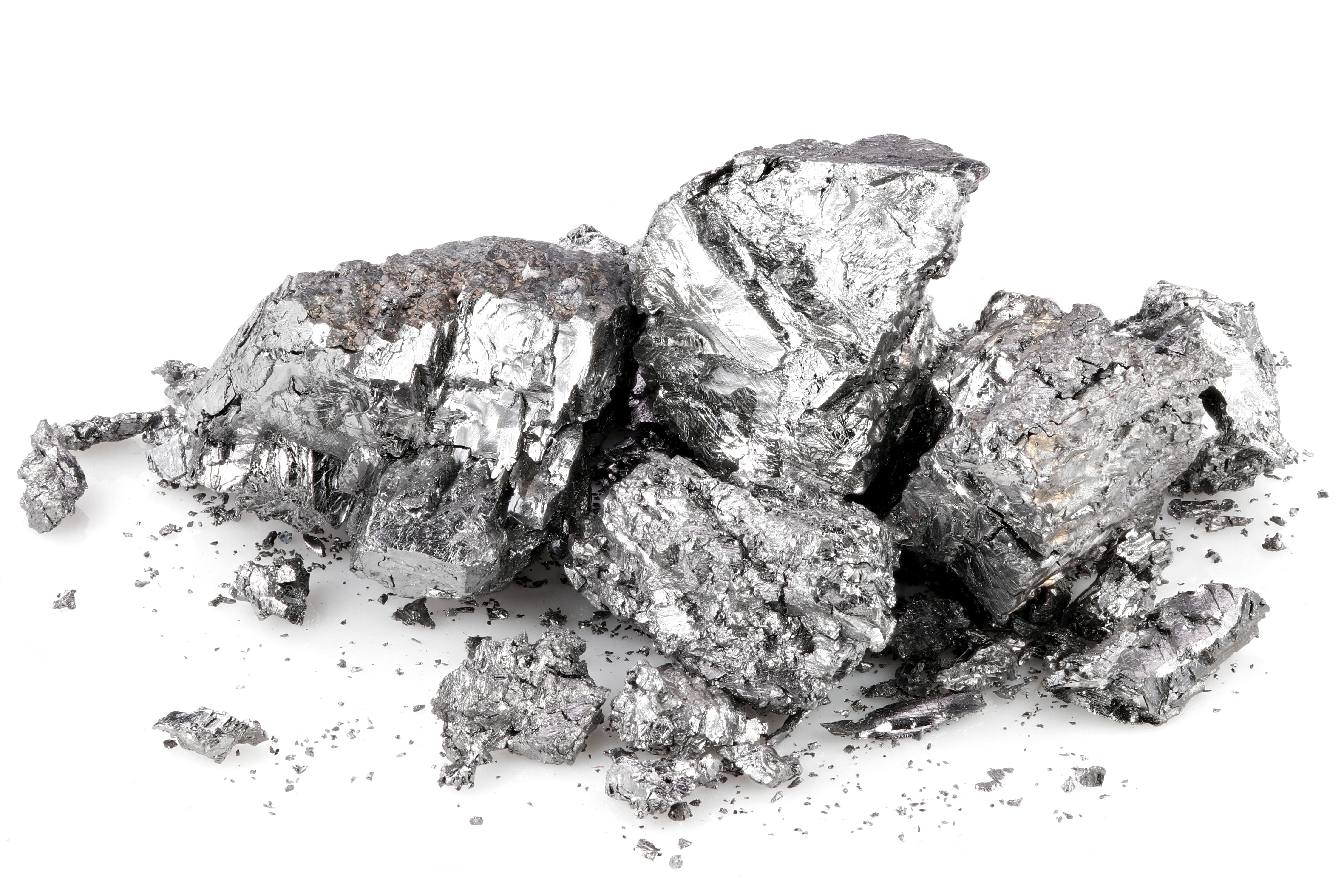New Advancements in Beryllium Analysis: LIBS-MLIBS-MLIF Methods for Beryllium Determination
New combined analytical techniques unveiled for accurate beryllium determination using LIBS-MLIBS-MLIF methods show promise.
In a groundbreaking study published in Spectrochimica Acta Part B: Atomic Spectroscopy, researchers from Ariel University in Israel, led by L. Nagli, M. Gaft, and Y. Raichlin, have introduced innovative laser-induced breakdown spectroscopy–molecular LIBS–molecular laser-induced fluorescence (LIBS-MLIBS-MLIF) methods for the determination of beryllium concentrations (1). The study presents a solution to the challenges posed by self-absorption effects and the interference of other species in laser-induced plasma (LIP) during beryllium analysis.
99.58% fine beryllium isolated on white background | Image Credit: © Björn Wylezich - stock.adobe.com

LIBS-MLIBS-MLIF is a combined technique of LIBS, which focuses a laser onto a sample, generating a plasma that emits characteristic wavelengths of light for element identification and quantification; MLIBS that expands on LIBS by analyzing molecular emissions, particularly diatomic molecules, to provide additional compositional insights; and MLIF, which employs lasers to excite specific molecules, measuring their emitted fluorescence for identification and quantification. By combining LIBS, MLIBS, and MLIF methods, researchers can enhance the accuracy and sensitivity of beryllium determination, overcoming challenges like self-absorption effects and interference from other species.
Beryllium, a strategic and critical material, possesses exceptional physical properties, including high strength-to-weight ratio, high melting point, thermal stability and conductivity, reflectivity, and X-ray transparency. These characteristics make it indispensable in various industries such as aerospace, telecommunications, defense, medical, and nuclear sectors. However, exposure to beryllium particles or contact with beryllium materials can lead to severe lung-related diseases, including acute beryllium disease and lung cancer. Therefore, accurate and efficient analysis of beryllium content is of utmost importance.
The researchers propose the non-resonant beryllium I line at 457.27 nm as a viable option for quantitative Be analysis using the LIBS technique. This alternative wavelength range circumvents the self-absorption effect encountered with the resonant beryllium II doublet at 313.04–313.11 nm, which is typically used for trace beryllium concentrations. By expanding the concentration range from 0.1 to 5 wt% in samples such as Cu-Be bronze, the proposed method overcomes the limitations of resonant lines.
Furthermore, the study explores the use of MLIF of BeO diatomic molecules as a complementary approach for complex cases. The MLIF method proves highly suitable in scenarios where both atomic and molecular LIBS methods suffer from overlapping emissions with other species, as observed in Al-Be bronze.
The significance of these advancements lies in their potential applications across various industries and sectors, including medicine and environmental control, where precise measurement of Be concentrations down to tenths of ppm is necessary. The LIBS-MLIBS-MLIF methods presented in this study offer promising prospects for accurate and reliable Be analysis, enabling efficient quality control, occupational safety, and environmental monitoring.
The researchers anticipate that their findings will drive further exploration of LIBS-MLIBS-MLIF techniques in beryllium determination, facilitating improved understanding, control, and mitigation of health risks associated with beryllium exposure. The study's outcomes contribute to ongoing efforts aimed at enhancing workplace safety standards and protecting individuals working with beryllium-containing materials.
As the demand for beryllium continues to grow across industries, the implementation of advanced analytical methods holds the key to ensuring the safe and responsible utilization of this critical material. This research marks a significant milestone in the field of beryllium analysis, opening new avenues for accurate and comprehensive assessment of beryllium content.
Reference
(1) Nagli, L.; Gaft, M.; Raichlin, Y.LIBS-MLIBS-MLIF methods: Beryllium determination. Spectrochimica Acta Part B: At. Spectrosc. 2023, 202, 106631. DOI: 10.1016/j.sab.2023.106631
Laser Ablation Molecular Isotopic Spectrometry: A New Dimension of LIBS
July 5th 2012Part of a new podcast series presented in collaboration with the Federation of Analytical Chemistry and Spectroscopy Societies (FACSS), in connection with SciX 2012 — the Great Scientific Exchange, the North American conference (39th Annual) of FACSS.